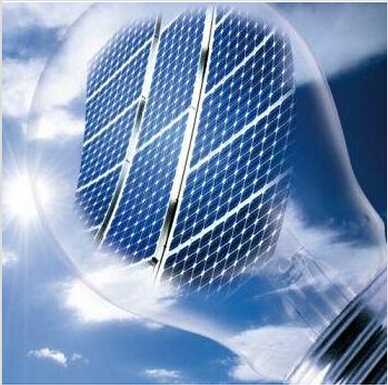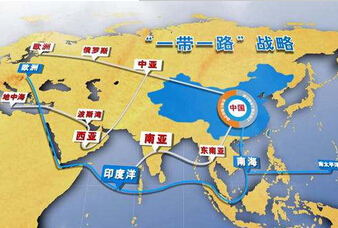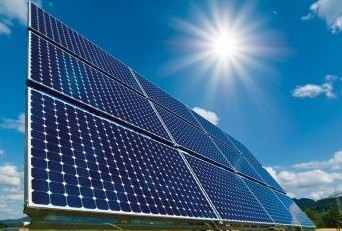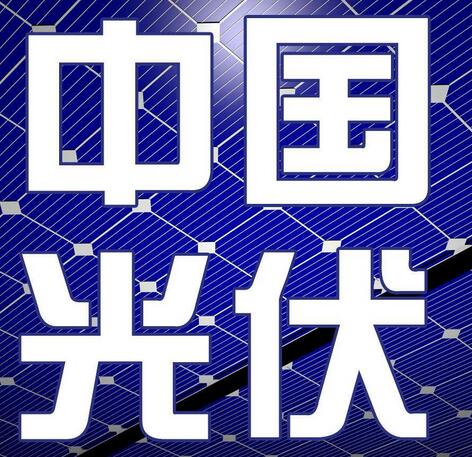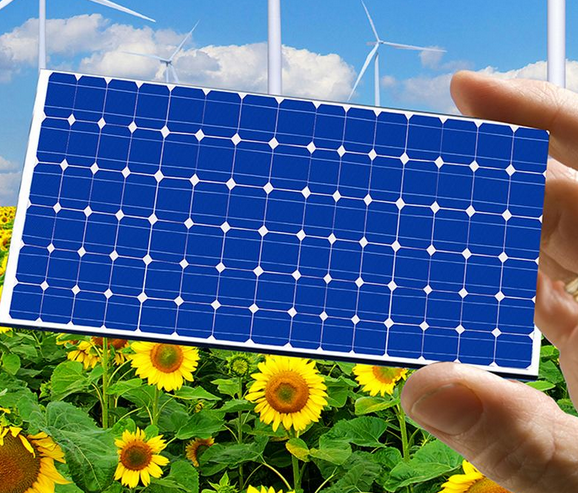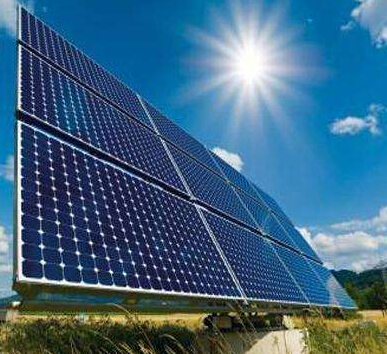The National Energy Administration released the construction of photovoltaics in the first three quarters of 2018. China's photovoltaic power generation installed capacity of 34.54 million kilowatts, down 19.7% year-on-year, of which, photovoltaic power station 17.41 million kilowatts, down 37.2%; distributed photovoltaic 17.314 million kilowatts, an increase of 12%. It is worth noting that distributed photovoltaics continue to maintain rapid growth. The newly installed capacity in Shandong, Zhejiang, Henan and Jiangsu provinces is around 2 million kilowatts. The newly installed distributed photovoltaic installations in the four provinces account for 49.1% of the country, accounting for half of the country.
As of the end of September, the installed capacity of photovoltaic power generation nationwide reached 164.743 million kilowatts, of which, the photovoltaic power station was 19,941,000 kilowatts, and the distributed photovoltaic was 46.802 million kilowatts. In the first three quarters, the photovoltaic power generation capacity was 133.83 billion kWh, a year-on-year increase of 56.2%; the light rejection rate was 2.9%, down 2.7% year-on-year. The abandoned light is mainly concentrated in Xinjiang and Gansu. Among them, Xinjiang (excluding the Corps) abandoned 1.73 billion kWh of light, the light rejection rate was 16%, down 5.4% year-on-year; Gansu abandoned photoelectricity 7.8 billion kWh, and the light rejection rate was 10%. , down 11% year-on-year.
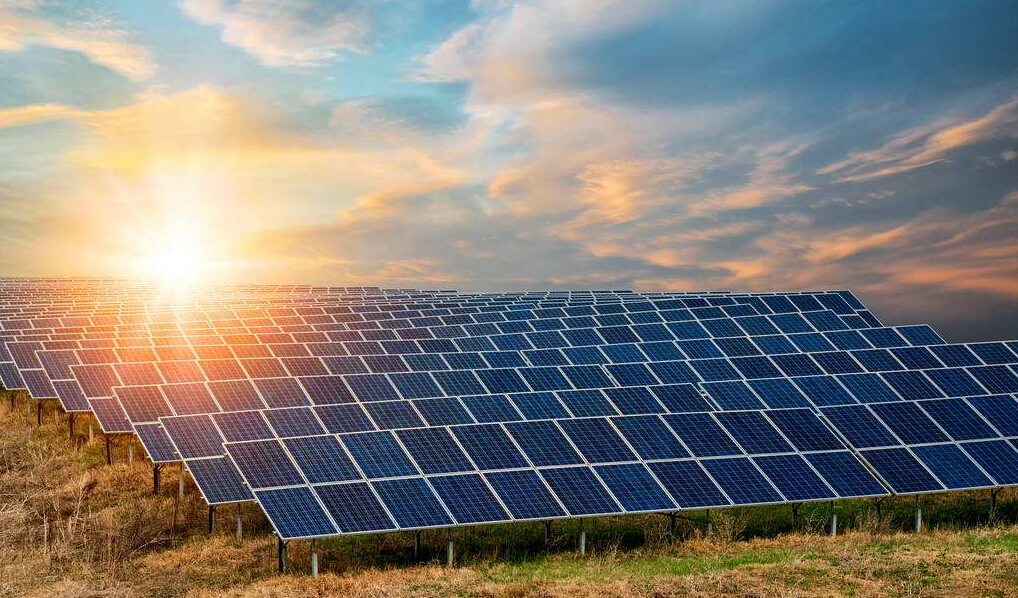
From the new installed layout, the newly installed capacity in North China was 8.424 million kilowatts, down 17.9% year-on-year, accounting for 24.4% of the country; the newly installed capacity in the northeast region was 2.873 million kilowatts, down 10.4% year-on-year, accounting for 8.3% of the country; The installed capacity was 8.582 million kilowatts, down 28.2% year-on-year, accounting for 24.8% of the country; the newly installed capacity in Central China was 5.872 million kilowatts, down 35.5% year-on-year, accounting for 17% of the country; the newly installed capacity in the northwest region was 4.789 million kilowatts, down 16.2% year-on-year. , accounting for 13.9% of the country; South China's new installed capacity of 4.011 million kilowatts, an increase of 44.2%, accounting for 11.6% of the country.
Wang Shujuan said: "Compared with the relevant data in the second quarter, we can find that the installed capacity of new ground power stations in July-September was 5.34 million kilowatts, and the newly added distributed installed capacity was 4.89 million kilowatts. Except for photovoltaic poverty alleviation, distributed photovoltaic projects are not enjoyed. Subsidies.” According to the first batch of PV poverty alleviation plans in the “13th Five-Year Plan”, Zhejiang, Jiangsu, Shandong and Henan provinces have no PV poverty alleviation projects, and new distributed installations are unsubsidized projects.
Why is distributed PV developing fastest in places like Jiangsu and Zhejiang where land costs are high?
Li Junfeng, former director of the National Development and Reform Commission's Center for Climate Change Strategy Research and International Cooperation, said that the development of distributed energy in Germany and Denmark is very good, but we cannot copy other people's experiences and cannot develop in a “windy” way. PV companies should spend adolescence as soon as possible to lead The energy role looks at itself.
Wang Bohua, vice chairman and secretary-general of China Photovoltaic Industry Association, also publicly stated that the analysis of distributed PV installations in the third quarter of the past three years ago accounted for only 10% of new installed capacity in 2016 and 37.5% in 2017. Then divide the autumn with the centralized. He believes: "After the year, distributed PV development will still have a good performance."
Wang Bohua also said: "There are still several months in this year, some unsubsidized projects are difficult to predict specific data, but China will still be the world's largest market."
















 RCCN WeChat QrCode
RCCN WeChat QrCode Mobile WebSite
Mobile WebSite